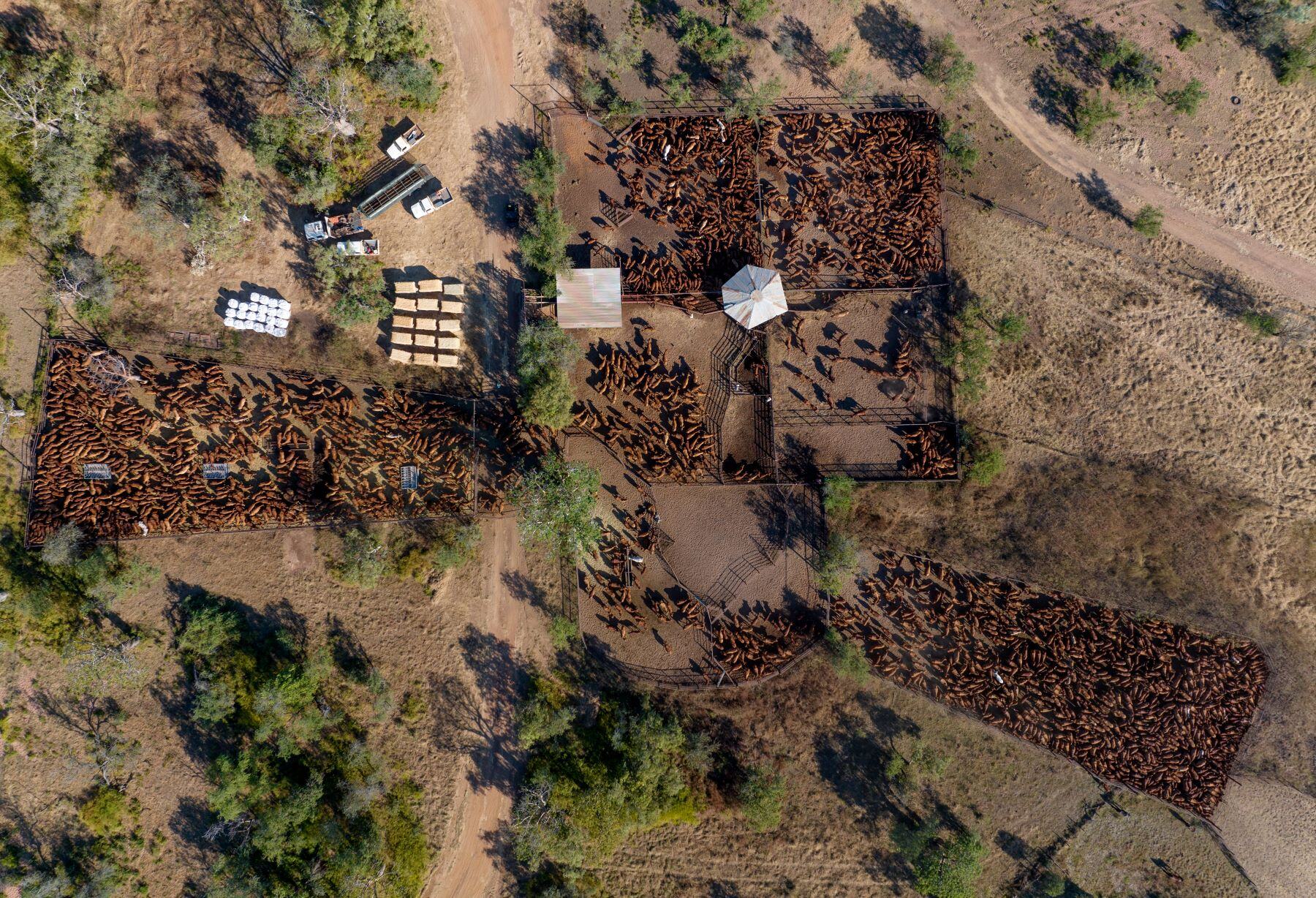China springs new year trade barrier
We are less than two weeks into 2026, but already the beef industry has faced a multitude of events which will continue to impact markets...

Australia's cattle industry is on track to set new production records, with significant shifts in herd dynamics shaping the future of the industry.
Meat & Livestock Australia's latest projections reveal that while the national cattle herd has reached a cyclical peak, signs of destocking are emerging, particularly in southern regions.
At the same time, the feedlot sector is expanding, with record-breaking numbers of cattle on grain, reflecting the evolving landscape of Australia's livestock industry.
The national cattle herd has reached and passed a cyclical peak after operating at maturity for the past 12 months, according to Meat & Livestock Australia (MLA) which has released the mid-year Cattle Industry projections.
In 2024 the national herd is estimated to have eased 1.4% to 30.2 million head, a decline of slightly more than 400,000 head according to the updated Cattle Industry projections.
The northern herd is expected to stabilise in 2024 and 2025 as average wet seasons will continue to support a large, productive breeding herd and increasing numbers of cattle exported into South-East Asia.
Southern Australia will drive the contraction of the herd over the forecast period, as strong overseas beef demand supports higher turn-off in a now-mature herd.
Click for the the full article
The latest quarterly statistics on livestock slaughtered and meat production from the Australian Bureau of Statistics (ABS) have revealed that the female slaughter rate (FSR) for the Australian cattle herd has lifted to 53.1%, which places the industry in a destock phase.
This increase in the FSR comes alongside a 17% lift in cattle slaughter to 2.1 million head for the June quarter, the highest since 2019.
The latest figures show a quarterly FSR of 53%, the second consecutive quarter above this benchmark, which indicates the cattle herd has entered a destocking period.
The FSR has been particularly high in NSW, where it reached 57.5% in Q2 - the highest it's been since 2001 and significantly higher than the state's long-term average of 47.6%.
The increase in cattle slaughter has consequently led to an elevated beef production quarter as well.
Beef production rose 14% from Q1 2024 and 19% from Q2 last year to 648,763 tonnes. This is the largest quarterly production total since Q2 2015, and the fourth-highest volume on record.
Click for the the full article
The Australian lot feeding sector continues to go from strength-to-strength with numbers of cattle on feed exceeding 1.4 million head and capacity breaking 1.6 million head for the first time, according to the June 2024 quarterly feedlot survey published by the Australian Lot Feeders’ Association (ALFA) and Meat & Livestock Australia (MLA).
ALFA President, Barb Madden said that confidence in the feedlot production system and continued positive trading conditions coupled with increased feedlot capacity are behind the latest figures.
“Feedlot capacity is an enabler of growth in the number of cattle Australia can have on feed. National capacity increased in the June quarter as more than 43,000 additional available cattle placements came online under the National Feedlot Accreditation Scheme," Mrs Madden said.
“This indicates that the Australian feedlot sector’s capacity has grown by 5% year-on-year and is the first-time capacity has exceeded 1.6 million head,” said Mrs Madden.
A cattle industry survey conducted in July revealed that producer intentions hadn't greatly changed since the previous survey in April, however, they had sold less cattle than they had forecast.
The Beef Producer Intentions Pulse Survey, conducted in July, has shown that 82% of producers indicated their intention remained to increase, keep the same, or reduce their beef cattle herd. Of the 18% who reported their intentions have changed since the previous survey in April:
3% now intend to increase their beef cattle herd
8% now intend to keep their beef cattle herd size the same
7% now intend to reduce their beef cattle herd.
Click for the the full article
.png)
We are less than two weeks into 2026, but already the beef industry has faced a multitude of events which will continue to impact markets...
.png)
With southern weaner sales in full swing this week, the results of these provide a very timely, useful and broadly reflective barometer of where the...
.jpg)
The Chrome Sheep Stud’s Summer Ram Sale has delivered a strong start to the year, recording 98% clearance and the stud’s best January average...